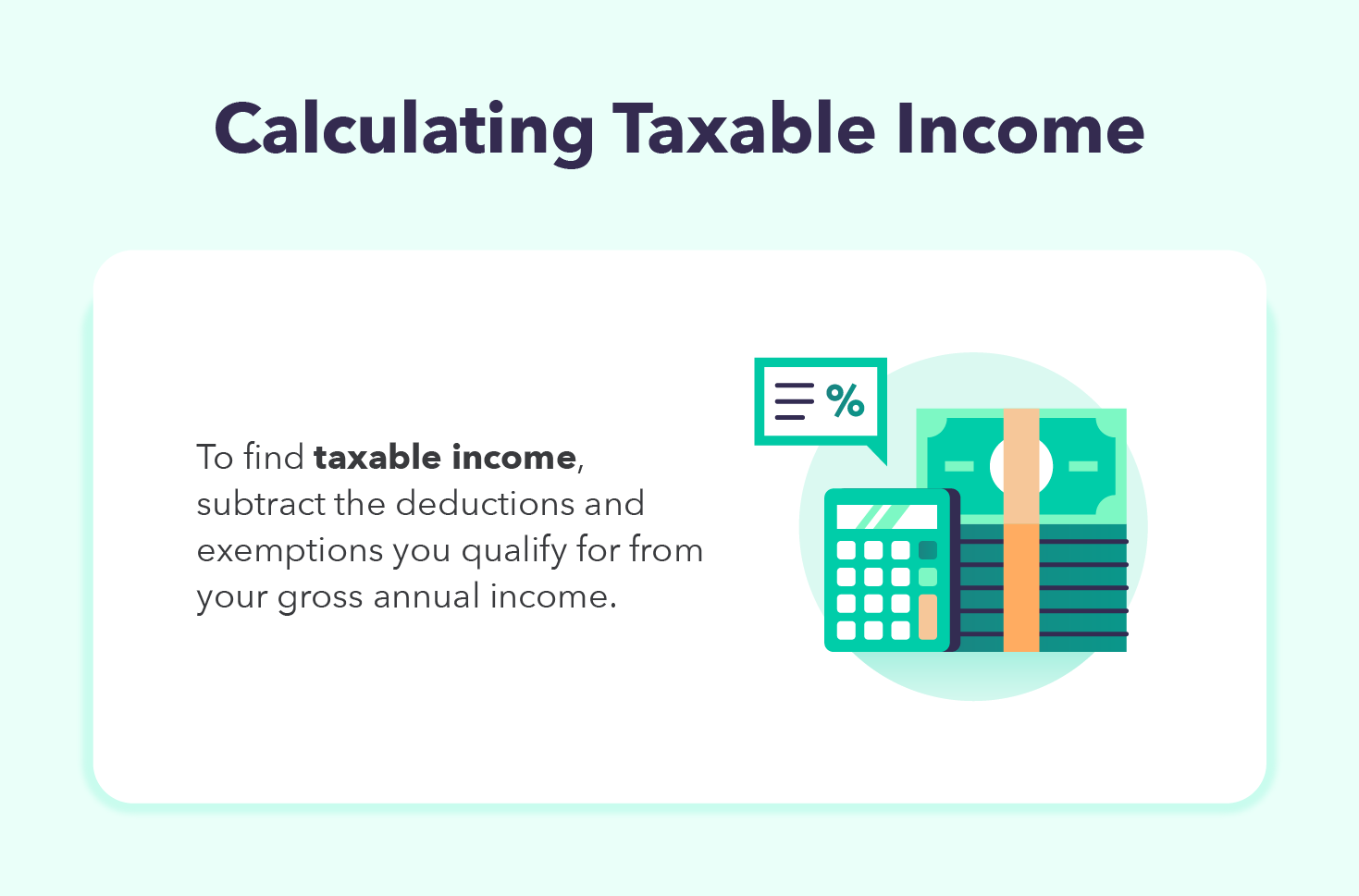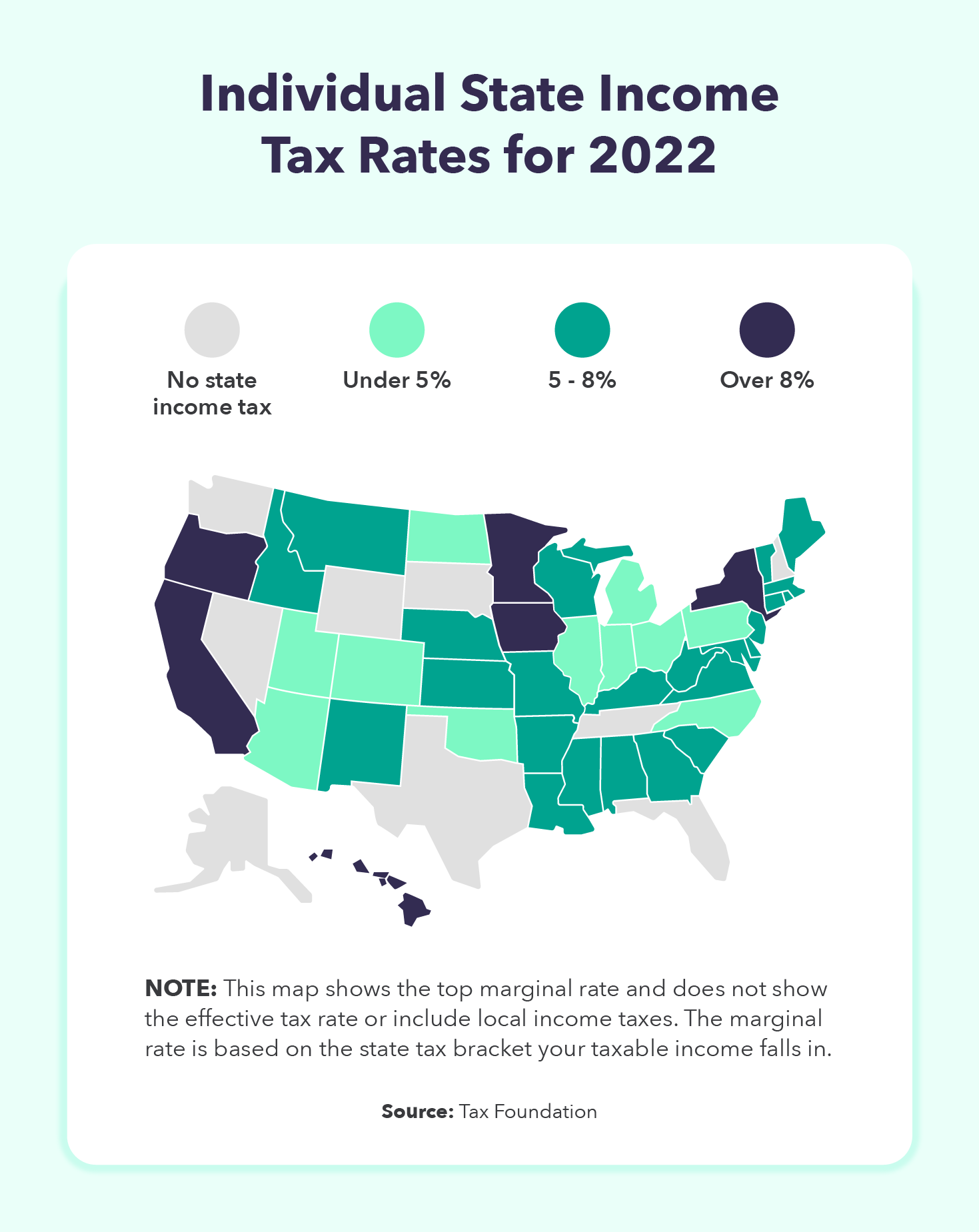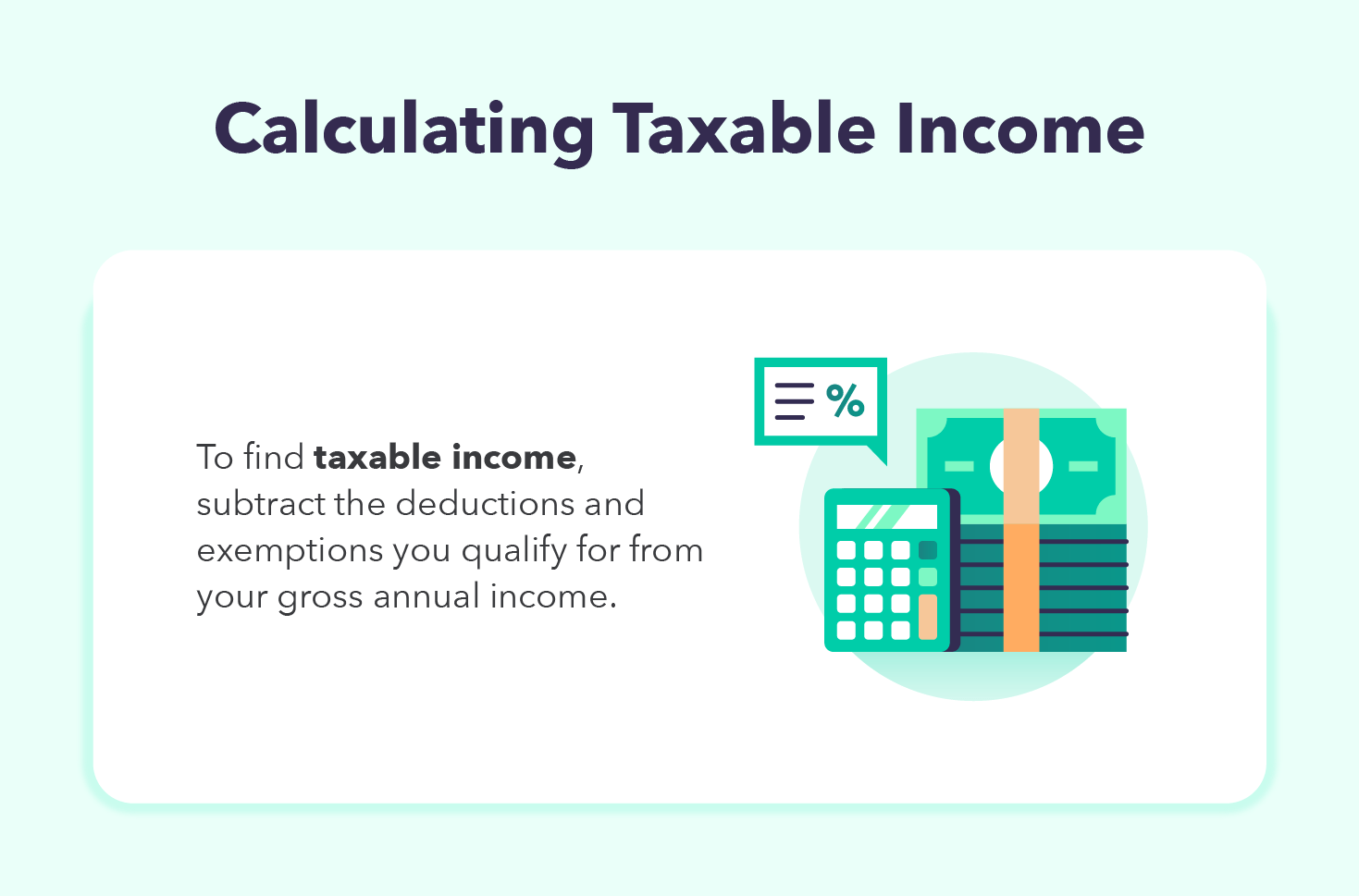Wouldn’t it be nice if you never had to mow your own lawn? Or shovel snow from your driveway? How about having a swimming pool you didn’t need to maintain? Living in a homeowners association (HOA) can sometimes provide these benefits and more. However, you will usually need to pay an HOA fee. With that
The post What Are Homeowners Association (HOA) Fees and What Do They Cover? appeared first on MintLife Blog.
Income tax is the tax that federal, state, and local governments require businesses and individuals to pay on their total earnings each year. Total earnings can include wages, tips, interest, dividends, unemployment, and retirement distributions.
To calculate income tax, you must first determine your taxable income and filing status to see which tax bracket you fall into and the total deductions you qualify for. Once you calculate how much of your total income for the year is taxable, you can determine the amount of federal and state income taxes you owe.
When you file your IRS Form 1040 at the end of the year, you’ll already have an idea of how much you can expect to pay in income taxes or if you’ll qualify for a refund.
How Income Tax Works
Regardless of your immigration status, if you are working and making an income in the United States, you are required to pay federal income taxes on your total earnings to the Internal Revenue Service (IRS) each year. Based on the guidelines set by the IRS, you’ll calculate your taxable income by factoring in deductions and exemptions. Then, you’ll see if you qualify for any tax credits before determining the total amount you owe in taxes.
The government uses these personal income taxes to fund national security, roads, schools, government services, and programs like Social Security.
Calculating Taxable Income
Taxable income is the amount you earned over the course of the year that is subject to taxes. It’s equal to your gross income, or annual income, minus the deductions and exemptions you qualify for. When filling out your Form 1040 to pay taxes, you’ll calculate your taxable income using the total wages, tips, and other compensation found in box 1 of Form W-2.

Exemptions
Tax exemptions like charitable donations or dependant exemptions reduce your taxable income and the amount you owe in taxes. Since the standard deduction increased with the Tax Cuts and Jobs Act of 2017, personal exemptions for 2022 have been eliminated.
Standard vs. Itemized Deductions
When filing your taxes, you can choose to itemize your deductions or take the standard deduction based on your filing status. You would only want to itemize if your qualified deductions are more than the standard deduction.
If someone can claim you as a dependent, you can take a standard deduction of $1,150, or your total earned income plus $400 — whichever is greater. If this total exceeds the standard deduction for your filing status, then you’ll use the standard deduction listed below instead.
These rates are based on the Revenue Procedure 2021-45 from the IRS.
| 2022 Standard Deduction | |
|---|---|
| Filing Status | Deduction Amount |
| Single | $12,950 |
| Married Filing Jointly | $25,900 |
| Head of Household | $19,400 |
| Married Filing Separately | $12,950 |
Understanding Your Federal Income Tax Bracket
Based on your filing status — single, married filing jointly, married filing separately, or head of household — and your taxable income, you’re placed in a federal tax bracket that determines your tax rate and how much tax you owe.
What is Federal Income Tax Withheld?
Federal income tax withheld is the amount removed from your paychecks over the course of the year that goes towards taxes. This number can be found in box 2 of Form W-2, which you’ll receive from your employer at the end of each year.
What Tax Bracket Am I In?
Once you calculate your taxable income, you can look at the current federal tax bracket based on your filing status and determine the taxes you owe. You can find your taxable income on line 37 of Form 1040.
The seven income tax brackets for 2022 range from 10 percent on income less than $10,275 to 37 percent on income equal to $539,900 or more for single filers. Below, you can find the effective tax rate based on your filing status and taxable income.
| 2022 Federal Income Tax Brackets and Rates | ||||
|---|---|---|---|---|
| Tax Rate | Single | Married Filing Jointly | Head of Household | Married Filing Separately |
| 10% | $0 to $10,275 | $0 to $28,550 | $0 to $14,650 | $0 to $10,275 |
| 12% | $10,275 to $41,775 | $20,550 to $83,550 | $14,650 to $55,900 | $10,275 to $41,775 |
| 22% | $41,775 to $89,075 | $83,550 to $178,150 | $55,900 to $89,050 | $41,775 to $89,075 |
| 24% | $89,075 to $170,050 | $178,150 to $340,100 | $89,050 to $170,050 | $89,075 to $170,050 |
| 32% | $170,050 to $215,950 | $340,100 to $431,900 | $170,050 to $215,950 | $170,050 to $215,950 |
| 35% | $215,950 to $539,900 | $431,900 to $647,850 | $215,950 to $539,900 | $215,950 to $323,925 |
| 37% | $539,900 or more | $647,850 or more | $539,900 or more | $323,925 or more |
State and Local Income Tax
Only nine states in the U.S. — Texas, Florida, Tennessee, Alaska, Nevada, Washington, New Hampshire, Wyoming, and North Dakota — don’t collect state income taxes. The other 41 states either levy a flat or graduated-rate income tax.

Tax Credits
While deductions reduce your taxable income, tax credits reduce the amount of tax you owe, also known as tax liability. If your tax credits are greater than the amount of taxes you owe, you could be entitled to a refund. Be careful to follow IRS rules for how to calculate your tax credits before claiming them on your tax return.
Individuals can qualify for family and dependent credits, income and savings credits, homeowner credits, health care credits, and education credits. The child tax credit and dependent care credit are some of the most common tax credits individuals qualify for.
How Do I Pay Taxes or Get a Refund?
Once you determine the amount of federal and state income taxes you owe for the year, you have a few options for paying them. If you’ve filed a Form W-2 with your current employer, they will take out a portion of each of your paychecks to go towards your income taxes throughout the year — this is your tax withheld.
Many people end up paying slightly more throughout the year than what they actually owe in income taxes. When filing your return, you’ll calculate how much you actually owe. If you overpaid, you’ll qualify for a tax refund.
If you haven’t had income taxes taken out of your pay throughout the year or you owe more than what was taken out, you’ll need to pay the taxes you owe when you file with the IRS. By calculating your income tax, you can estimate how much you’ll owe in taxes so you can budget throughout the year and follow our tax planning strategies to lower your tax liability and decrease tax season stress.
Our budgeting app makes it easy to set aside money every month to pay your taxes at the end of the year and even track your refund after you file.
Sourcing
- Fill out the IRS Form 1040. About Form 1040, U.S. Individual Income Tax Return (September 2022)
- How to fill out Form 1040. 1040 Instructions (December 2021)
- The standard deduction was increased, removing personal exemptions. Tax Cuts and Jobs Act (TCJA) (December 2017)
- Tax rates. Revenue Procedure 2021-45 (November 2021)
- Tax credit. Credits and Deductions for Individuals (August 2022)
- How to pay your taxes. IRS Payments (September 2022)
The post What Is Income Tax and How Is It Calculated? appeared first on MintLife Blog.

